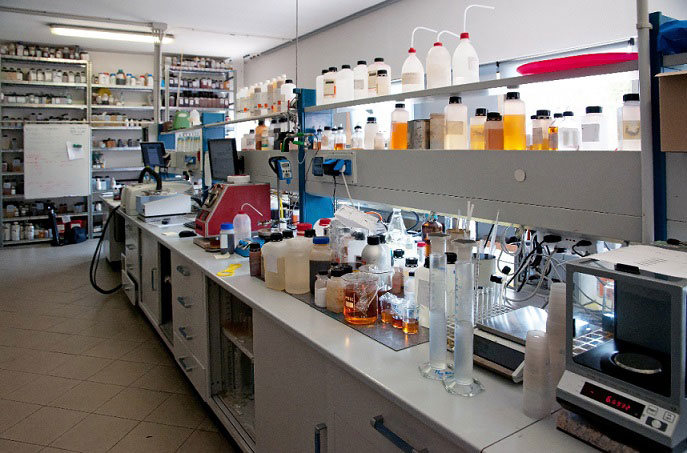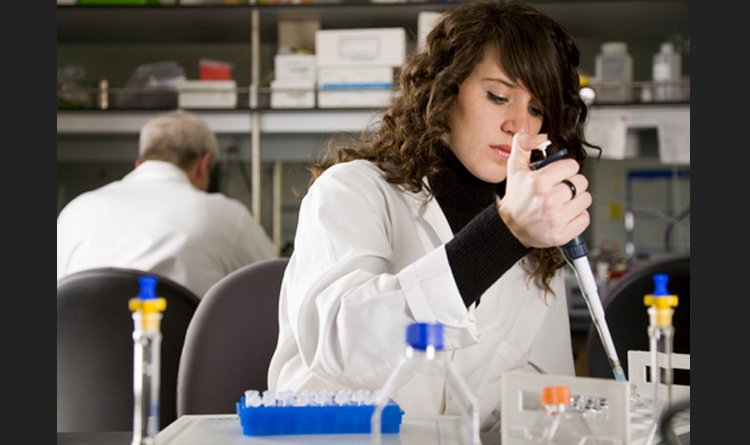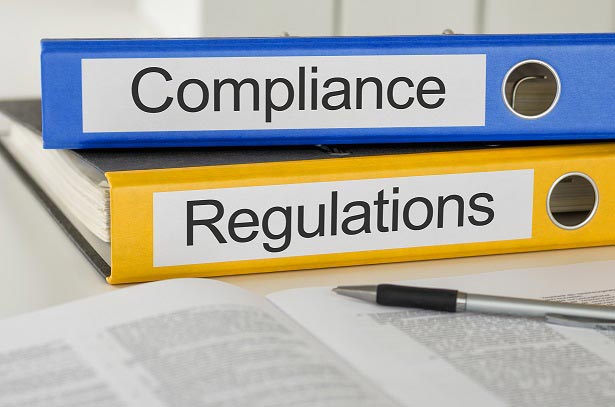Understanding the Classification of Laboratory Reagents

Chemicals are the backbone of any laboratory because they are used for manufacturing or testing almost all pharmaceutical products. Yet many people working in the field lack their proper knowledge. The level of understanding further decreases when it comes to chemical grading. If you also struggle with these terms and don’t know how exactly these work, you have come to the right place. This comprehensive guide will help you understand everything on the topic.
But let’s first learn what laboratory reagents are, so you will be able to grasp other information better.
Laboratory Reagents
A laboratory reagent can be described as a substance used to measure, detect, or create other substances during a chemical reaction conducted in laboratories. In other words, we can say that these are the substances added to the laboratory tests to carry out a chemical reaction or to check whether any reaction occurs or not.
Most people confuse reagents with reactants. However, these two are different based on their consumption in the reaction. On the one hand, a reagent doesn’t necessitate to be consumed during the reaction. Contrastingly, a reactant always gets consumed in the test.
Now that you understand the meaning of lab reagents, we will move on to reagent grades.
What Is Reagent Grading?
You may already know that not all chemicals used in the lab are pure. Therefore, the grading system is used to show how pure a substance is. High grades are provided to the purest chemicals. As the level of impurities increases, the grades begin to get low. These impurities can be metal, water, or other chemicals.
Validated methods specify the grade of reagents to be used. It is important to use specified grades; otherwise, errors can arise due to contamination from reagents themselves. On the other hand, you can incur additional costs in the analysis if you use a superior grade of reagent when your analysis does not have such high purity requirements.
How Are Reagents Graded?
Generally, chemicals can be graded based on various standards. You will get confused if we explain each of them here. So we will understand only those which are commonly used in the domain.
The below-mentioned ones are classified based on their purity.
Technical Grade Chemicals: You may know this as TG (Tech Grade) or Commercial Grade. It is used for low-grade applications like commercial or industrial purposes. Due to the present impurities, it isn’t utilized for drug, food, or medicinal purposes. You can also find it in qualitative testing.
Synthesis Grade Chemicals: The primary purpose of this involves organic synthesis and preparative tasks.
Lab Grade Chemicals: These are commonly called UNILAB, Laboratory Reagent (LR Grade chemicals), or Chemically Pure (CP). You can find them in educational or teaching labs. Though their purity levels are high, the precise impurity levels remain anonymous.
Just like technical grade, their purity isn’t sufficient to use them for any drug, food, or medicinal applications. However, they may be utilized in work that doesn’t require analytical reagents.
AR grade Chemicals: These are used for high precision work. In this, trace impurities are restricted to the lowest possible limits for high precision. Such reagents get used mainly for analytical applications, research, and quality control. If such reagents meet the specifications of the American Chemical Society Committee on Analytical Reagents, it will be denoted as AR (ACS).
ACS Grade Chemicals: These reagents either meet or exceed all the standards stated by the American Chemical Society (ACS). Their purity levels are exceptionally high, and they are used in every domain wherever quality factor can’t be ignored. So you can easily find them in drug, food, or medical applications because they have above 95% purity.
General Reagent (GR) – These are the reagent that meets or exceed AR grade specifications.
Extra Pure Grade Chemicals: These are – suitable for laboratory accreditations and also work requiring compliance with pharmacopoeial standard requirements.
We can also classify the chemicals based on their applications. Let’s see a few examples.
Electronic Grade Chemicals: – these have very stringent limits for metallic impurities as required for use in electronic component industry as such as below ppt or ppb levels
HPLC Grade Chemicals: These include adequately pure ion-pair reagents, solvents, and buffers used as the mobile phase of High-Performance Liquid Chromatography (HPLC).
They meet strict UV absorbance specifications and are filtered for removal of sub-micron suspended solids. Plus, they can be available in different purification degrees as per the HPLC requirements. The only thing here is that the impurities in the reagent should not interfere with the HPLC analysis.
Spectroscopy Grade Chemicals: Various compounds are gained through organic synthesis. Nuclear magnetic resonance spectroscopy is the technique used for their structural analysis.
This process requires spectroscopy grade that includes solvents of high purity, low residue on boiling, and having absorption blank in the wavelength region of interest.
There is also an HPLC/spectroscopy grade for common use in HPLC and spectroscopic applications. Spectroscopy grade salts consist of alkali metal salts having transparency in the IR region such as KBr, NaCl, CsI, etc.
Acids are graded differently. You can see a few examples of it.
Suprapur (E – Merck) – These have high purity grade acids having metallic impurities in ppb range.
Environmental Grade (Anachemia) – These include high purity acids refined through sub- boiling distillation
Environmental Grade Plus (Anachemia) – Here, you can find acids that get produced by additional distillation of environmental grade acids.
Pesticide residue analysis applications
HR Omni Grade Solvents (EMD) – These have GC impurities below ppt/ppb levels as tested by ECD detection.
Nano Grade – These meet ACS grade specifications. They are used for extraction and pre-concentration applications.
Residue Grade Solvents – These solvents suitable for pesticide residue analysis.
Conclusion
Result precision is of utmost importance in laboratory testing. The choice of the right grade of reagent is essential for the application in hand, and it is also important to use reagents from the same source for high precision of results. With the provided information on reagent grading, you will be able to pick the correct reagents and ensure the quality of your testing.
Please do share your comments on the article.





thank you it was very good & Useful !
what is the analysis or test to confirmed the grade.
Hi, you need to decide for different materials. Melting point or boiling point is sufficient in some cases and for some chromatographic purity.
What is the difference between “Analytical” grade chemicals and Pharmaceutical grade chemicals?
These are terms on the packages. They seem to be on different scales.
Thank you
Analytical grade chemicals have purity classified under different grades for compliance for use in laboratory testing such as ACS, AR, LR, etc. However, Pharmaceutical grade chemicals are the ones whose purity is certified by National or international Pharmacopoeias, eg,USP, BP,IP, JP, etc
Please sir,
Can I used HPLC grade for leaf extraction in my research project or is it compulsory to use analytical grade?
Very educating.. I always share your post on my timeline.
Very accurate and educational article. Thank you!
Its very helpful site. Thanks a lot.
Its very useful
Thanks
Thanks and you are welcome.